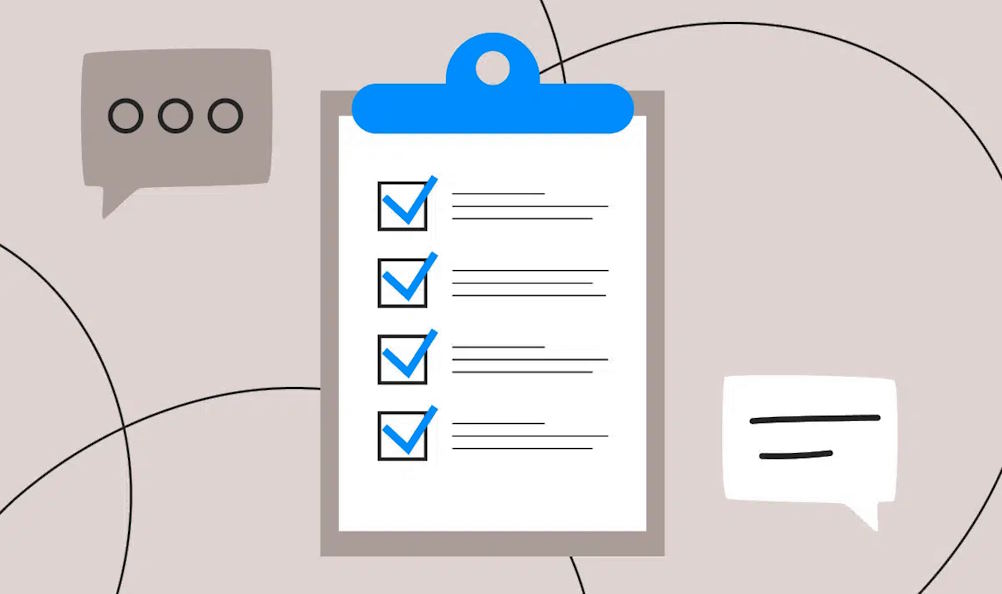Managing Event Logistics: From Start to Finish
Event management is an intricate dance that requires precision, planning, and an unwavering commitment to the success of your gathering. Whether you’re orchestrating a corporate conference, a grand wedding, a music festival, or any other type of event, managing logistics from start to finish is the keystone to ensuring that everything runs smoothly. From the moment the idea for your event is born to the final guest’s departure, every detail matters.
Vendor and Supplier Coordination: Making Your Event a Seamless Success
Identifying and selecting event vendors and suppliers
One of the pivotal pillars in organizing a successful event lies in the careful selection of vendors and suppliers. Whether it’s the catering, decor, or technical support, choosing the right partners can make or break your event. Start by researching and identifying potential vendors who align with your event’s theme, budget, and quality standards. Don’t hesitate to ask for recommendations or read reviews to gauge their reliability.
Negotiating contracts and agreements
Once you’ve identified your preferred vendors, it’s time to dive into contract negotiations. This step is crucial to ensure both parties are on the same page regarding expectations, deliverables, and costs. Pay close attention to contract terms, payment schedules, and cancellation policies. A well-negotiated contract protects your interests and provides a solid foundation for a successful collaboration.

Managing vendor relationships
Your vendors are your event’s unsung heroes. Establish strong communication channels and build a positive working relationship with them. Regular updates, meetings, and feedback sessions can foster a sense of partnership, making them more invested in your event’s success.
Logistics and Transportation: Navigating the Road to Event Success
Developing transportation plans for attendees and staff
When it comes to event logistics, transportation is a key element that can significantly impact attendee experience. Start by assessing the needs of your attendees and staff. Are they arriving by car, public transit, or air? Develop a transportation plan that includes routes, schedules, and clear instructions. This ensures that everyone can reach the event venue without hassle.
Coordinating parking and shuttle services
Parking can be a major headache for event-goers. Coordinating parking services or shuttles can alleviate this concern. Choose accessible and convenient parking locations, and clearly communicate their availability. Shuttle services, especially for larger events, offer a convenient and eco-friendly way for attendees to reach the venue.
Managing transportation logistics for equipment and materials
Transporting event equipment and materials requires a meticulous plan. Ensure that all necessary items, from stages to promotional materials, are delivered on time and in good condition. Work closely with transportation providers to minimize the risk of delays or damage during transit.

On-Site Event Management: The Art of Seamless Execution
Setting up event infrastructure
The moment attendees arrive, they should be greeted with an event that’s both visually appealing and fully functional. Setting up event infrastructure involves arranging stages, booths, signage, and seating. This critical step lays the foundation for a successful event, creating an inviting atmosphere that sets the tone for the day.
Registration and check-in procedures
Efficient registration and check-in are paramount to a smooth start. Utilize technology such as mobile apps or self-check-in kiosks to streamline the process. Trained staff should be on hand to assist attendees, ensuring they receive badges, schedules, and any essential information promptly.
Managing event flow and schedules
Maintaining a well-structured event flow is key to keeping attendees engaged and satisfied. Stick to the predetermined schedule, but be flexible enough to adapt if necessary. Allocate time for breaks, networking, and Q&A sessions to maintain a dynamic and balanced program.

